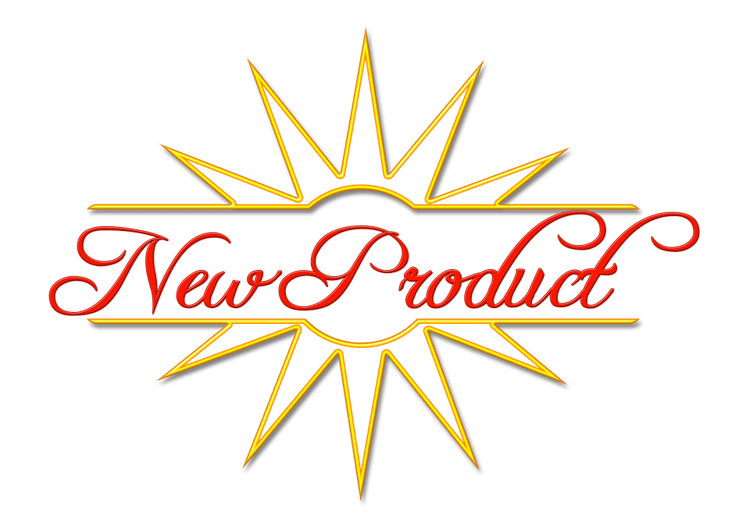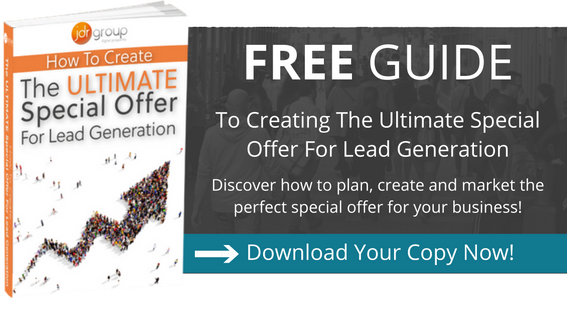Marketing Ideas For A New Product - The Digital Prosperity Podcast – Season 2, Episode 6

This week’s show is called Marketing Ideas for a New Product. This is all about if you have a new product that you have developed and you want to make it a success. How to plan, how to launch, and how to promote that new product so that you maximise your sales.
Now if you’re listening to this and you’re a service-based company, you might be thinking, “Well, I don’t sell products.” But what I would encourage you to do is to think of your services as products and find a way, if you can, to package up parts of your services into packages that you can then present as products. Then, if you do a new service or you launch a new service or you add a new service, to find a way of turning that, to almost productise that into a set of clear things that someone can understand and make tangible.
Strategies For Promotion
Now there are certain strategies and tactics which for me would be a given. So one of those would be online advertising, for example:
- Google AdWords or pay-per-click advertising
- Advertising the new product on your website
- Email marketing
- Telemarking
- Writing to existing customers, existing contacts or even a list or a database of potential customers.
I would also want to consider launching products at trade shows or taking new products to trade shows and maybe even using traditional advertising to get the word out and raise awareness as well. It’s also worth considering using crowdfunding as a way to help fund, develop and promote the new product.
The 3 Stages Of The Product Launch
Now, there are three stages of a product launch. So you have the stage prior to the launch where what you’re trying to do is to create anticipation, create a sense of buzz about the new products, the actual launch itself, and then the follow-up to the launch. So those are the three phases.
The Pre-Launch Phase
Now during the pre-launch phase, the goal is to try and build attention and anticipation. So your starting point is to set the date that you’re going to launch the product and announce that date. I would create a page on your website for the new product, even if it doesn’t exist, even if you’re keeping all the details of that particular product under wraps. Just let them know that there is a new product that is coming and when it will be available.
One of the things you can do on a page like that is to have a mailing list option so that people can subscribe to get early notifications and be the first to know about this new product. You can also share the fact that a new product is coming and when the launch date is via your social media channels to your email database, to your existing customers and so on.
Now one very good strategy is to let slip certain teasers, little hints or facts about the new product. A very good example of how to do great product launches is Apple. When Apple launch a new version of the iPhone, they hold a big event. They have a big build-up to it. But one of the things they do during the build-up is they have very well-timed and strategic leaks to the press about some of the features that the new product is going to have so that it gives the press something to write about, a little bit of intrigue.
Now if you are a big brand and the press is interested in you, then you can use that type of strategy. But even if you don’t, you can start to let slip little insights or little secrets, little teasers, little tasters of what is to come with this new product to your contact database, to your social media followers and again, to the people you are already in contact with via your email database, your mailing list, your customer network and through any third parties or partners that you work with.
Now the thing you want to do to prepare the path is to think about the new product and think about the problems that it solves about who it appeals to, about the benefits that it has and start to create content that talks about those benefits or that talks about those problems, that starts to prepare the path for the launch. So articles on your blog is a very good example. What a lot of marketers use is a video series, so a sequence of one, two, three, five videos, each building on the last, that talk about the problems that you, as a company, have identified. And that coming soon, is a product that will solve those problems.
Here are some of the key goals that you know your customers have and coming soon is a product that’s going to solve those goals. Here is a particular market sector that you work with. You know this market sector has this particular problem and coming soon is this product that is going to be absolutely what that market sector wants and needs. So creating that type of content through articles, through video and promoting on social media and email and so on, is a really great way to build the buzz, build the anticipation and finally, one of the things that you can do during this phase is to give trusted people access to the product early, so that you can get feedback on it. That can help make sure that the product is a success and secondly, so that you can get some early success stories and get a better understanding of the benefits people get and what people like about it, to help get a better understanding.
So that’s part of product development really. But it really feeds into the marketing. So, software companies, for example, will give beta access to some of their best customers, so that they can try the new version or the new product for free for a while in exchange for getting feedback that you can then use to improve the product. If you have a physical product, you can get in touch with your best customers and let them have the product for free in exchange for their feedback and case studies or success stories that you can use to really make the new product a success.
So that is the pre-launch process. Then there’s the launch itself.
The Product Launch Phase
Now, you can just simply advertise the new product on your website and promote it via social media. But what is really good is to have some kind of launch event. Now this could be a physical event, so it could be a day at your office or an open day in your shop or whatever. But it could be an online event where you launch the product via a webinar to really maximise and encourage take-up of the product. You might want to think about having some kind of special introductory pricing. So for a short term period, perhaps just on the first day alone, to really get lots of take-ups quickly and again that will help with the buzz.
You might also want to consider getting a little bit creative with the product launch and trying to create some kind of publicity stunt. So if you put into Google “JDR Group guerrilla marketing,” you will find an article by us that covers these types of ideas. So one that came along a few years ago was Red Bull that did a big stunt where they had a daredevil Felix Baumgartner do the world’s highest ever skydive when he jumped more or less from space and skydived to earth.
Richard Branson has done bungee jumps to promote his airline. Juice companies have tried to create the world’s largest ice lolly with their juice. The film Ant-Man recently launched and they gave away free tickets to the launch. But the tickets were tiny ant-sized tickets and you have to find them. If you found them, then you could go to the event for free. These are the kind of publicity stunts that you might want to consider as a way of drumming up excitement and interest in the launch and getting some free publicity.
Now once you’ve had the launch, then you go into the post-launch period and the goal of this is to build on the buzz that you’ve created and the success of the launch itself.
The Post-Launch Phase
One of the things that is absolutely critical during this period is to relentlessly look for success stories. Look for positive reviews online. Look for customers that can give you positive reviews. Follow up with everybody that has bought the product to get positive reviews and to have them share their experiences on social media. Look to get case studies. Look to get as many benefits and positive experiences that people have had and promote, promote, promote. Get pictures. Get videos. Write articles on your blog. Do as much of this kind of following-up and promotion as you possibly can.
Then you want to go into a phase where you’re actually sharing your product with people that will talk about it. Again, you may do this for free or reduced rates or whatever it might be. But you want to send your product out to journalists for example, to common online reviewers – popular online reviewers rather than common, and possibly influencers, social media influencers that are important in your particular industry.
Summary
When you do all of those three things during those three stages, you will have a fantastic product launch. So hopefully you’ve got several ideas there that you can help make a new product a big success. To find out more about how to create an offer that is attractive to people and how to promote that offer, you can go to our website, jdrgroup.co.uk. Under the Resources tab, we have several free guides. If you click on the tab Free Guides, we have a guide that you can download, which is called “How to Create the Perfect Special Offer for Your Business”. Otherwise, any further questions that you have on marketing and online marketing, please send them to podcast@jdrgroup.co.uk.
I’m Will Williamson and I look forward to speaking to you again next week.


